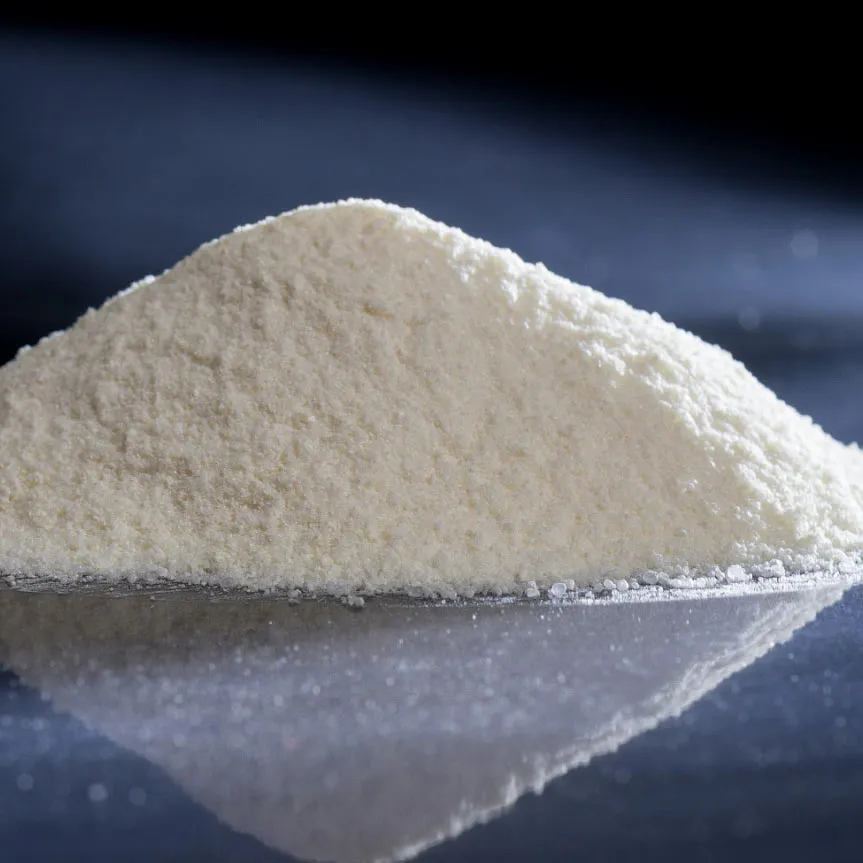
Microcrystalline Cellulose—Why Our High-Purity MCC?
Microcrystalline Cellulose: the quiet workhorse of solid dosage
If you spend your days around tablet presses, you already know Microcrystalline Cellulose isn’t glamorous—but it saves more batches than most folks realize. To be honest, it’s the excipient people call at 10 p.m. when a formulation won’t compress or a chewable keeps capping. I’ve seen it countless times.

What it is and why it matters
Microcrystalline Cellulose (MCC) is a highly porous, plastically deforming filler-binder. In practice, that means excellent compressibility for direct compression, strong tablets at relatively low compaction forces, and rapid wicking that helps disintegration. Many customers say it “just fixes flow and hardness,” which—while not scientific—rings true more often than not.
Industry pulse
Three trends stand out: (1) direct compression replacing wet granulation to shave cost and time, (2) continuous manufacturing demanding tighter PSD and moisture control, and (3) nutraceuticals chasing “clean label” excipients like MCC (E460(i) in food). Supply chains have stabilized, but buyers still ask for dual-sourcing and regulatory-ready documentation.
Typical specifications (selected grades)
| Grade | Mean PSD (≈µm) | Bulk Density (≈g/L) | Loss on Drying | Notes |
|---|---|---|---|---|
| PH101 | ≈ 50 | ≈ 260–320 | ≤ 5% (real-world: 2–4%) | Go-to for DC; good hardness-disintegration balance |
| PH102 | ≈ 100 | ≈ 280–350 | ≤ 5% | Improved flow vs 101; popular in nutraceuticals |
| PH200 | ≈ 180 | ≈ 300–380 | ≤ 5% | Higher flow; helps with tooling dwell limits |
Specs aligned with pharmacopoeial monographs; exact values vary by supplier and batch.
From pulp to powder: process flow
Materials: purified α-cellulose (typically wood pulp). Methods: controlled mineral acid hydrolysis to remove amorphous cellulose; neutralization; washing and de-watering; drying; milling/sieving to target PSD; in-process metal check and blending. Testing standards: identity (IR), pH (suspension), loss on drying, conductivity, microbial limits, bulk/tapped density, particle size, and elemental impurities per ICH Q3D. Service life: ≈ 36 months in a cool, dry place, sealed. Industries: pharma, nutraceuticals, some food and cosmetic applications.
Applications and advantages
- Direct compression base for IR tablets; co-processed with superdisintegrants when speed matters.
- Moisture-sensitive APIs (since Microcrystalline Cellulose is relatively inert, low water activity).
- High drug loading blends where plastic deformation prevents lamination.
- Chewables and ODTs: mouthfeel is decent—surprisingly acceptable with sweeteners.
Advantages: plastic deformation, capillary wicking for fast break-up, low reactivity, good content uniformity at low-dose blends (with proper mixing).
Real-world test snapshot (example batch)
Internal lab (example): PH102 tablet 500 mg with 2% crospovidone, 0.5% Mg stearate—hardness ≈ 110–130 N at ~12 kN, friability 0.2–0.4%, disintegration
Vendor landscape (quick take)
| Vendor | Key Grades | Docs & Certs | Lead Time | Notes |
|---|---|---|---|---|
| Tangzhi (Shijiazhuang, China) | PH101/102/200 | DMF support, ISO 9001; CoA/MSDS | ≈ 2–4 weeks | Custom PSD and moisture windows; origin: Room 2308, Dongsheng Plaza 2, No. 508 Zhongshan East Road, Chang’an District, Shijiazhuang, Hebei |
| JRS Pharma | VIVAPUR range | Global pharmacopeias; EXCiPACT (varies) | Stock in-region | Broad portfolio; strong tech support |
| IFF (Avicel) | PH, DG, CE series | DMF, multi-Ph. Eur./USP | Stable supply | Benchmark for DC performance |
| Mingtai | PH series | Pharmacopeial compliance | ≈ 2–5 weeks | Competitive pricing; popular in APAC |
Customization and support
Ask for tailored particle size cuts, tighter moisture specs, or co-processed blends (e.g., MCC+mannitol for chewables). Many teams also want nitrite/nitrate and bioburden data up front; smart move. Packaging in 20–25 kg lined bags with tamper-evident seals is standard.
Mini case notes
- Nutraceutical DC tablet with 70% herb extract: swapping to PH200 stabilized flow; hardness rose from ~75 N to ~115 N, friability under 0.5%.
- Immediate-release analgesic: blend segregation solved by moving from PH101 to PH102 and reducing Mg stearate to 0.4%; capping disappeared.
Final tip: qualify at least two sources, run a moisture sweep (LOD 2–5%) to find your compaction sweet spot, and document per USP–NF and IPEC guidance. It sounds basic. It isn’t.
Authoritative citations
- USP–NF Monograph: Microcrystalline Cellulose; General Chapters: Loss on Drying, Bulk and Tapped Density.
- European Pharmacopoeia, Monograph Microcrystalline Cellulose (E460(i)).
- FDA Inactive Ingredient Database (IID): listings for Microcrystalline Cellulose.
- IPEC-PQG Good Manufacturing Practices Guide for Pharmaceutical Excipients.
- JECFA Specifications: Microcrystalline Cellulose; FAO/WHO.
-
Reliable Powdered Cellulose Supplier: Quality, Sustainability & InnovationNewsNov.24,2025
-
Find Trusted Microfibrillated Cellulose Suppliers for Sustainable Industrial SolutionsNewsNov.24,2025
-
Leading Methocel Suppliers: Quality, Innovation & Sustainability in Methylcellulose SupplyNewsNov.23,2025
-
Reliable Hydroxyethylcellulose Suppliers for Industry & Sustainability | Tangzhi HPMCNewsNov.23,2025
-
Top Ethyl Cellulose Supplier – Quality, Sustainability, and Industrial SupportNewsNov.23,2025
-
Trusted CMC Powder Suppliers for Food, Pharma & Industrial Use | Tangzhi HPMCNewsNov.22,2025





















